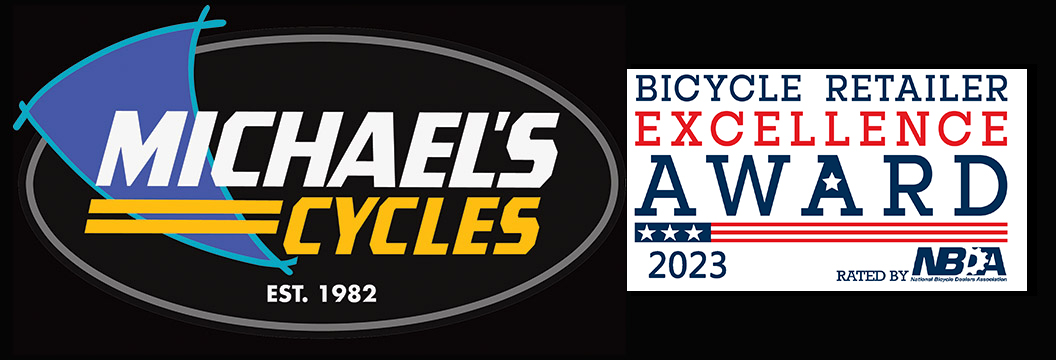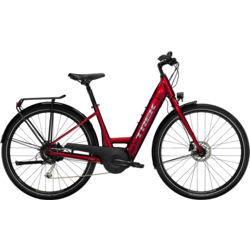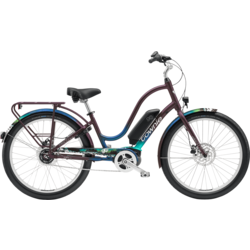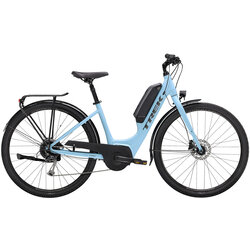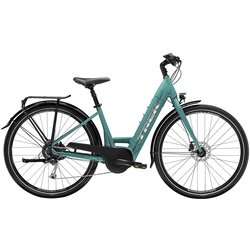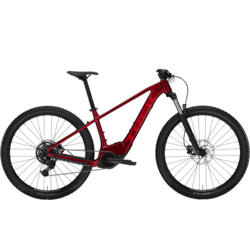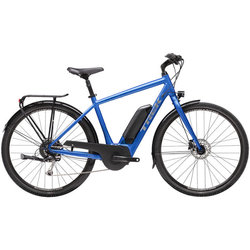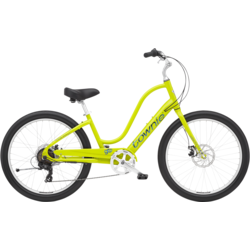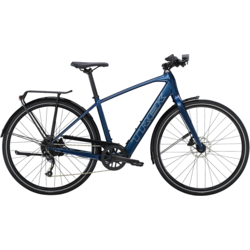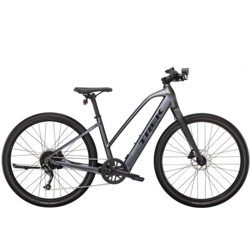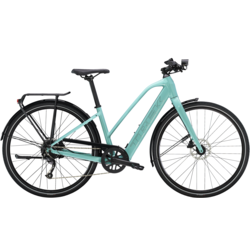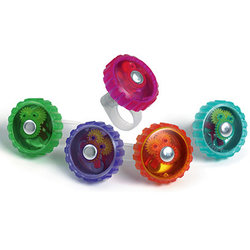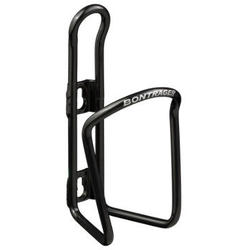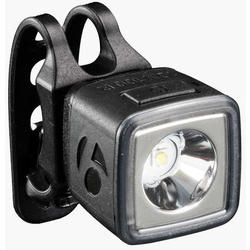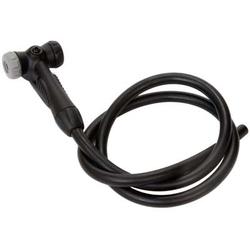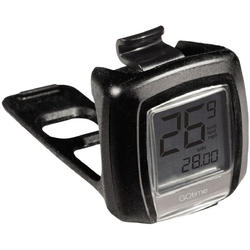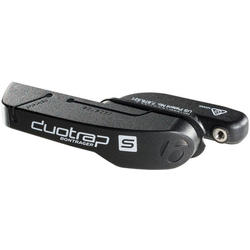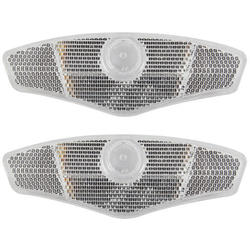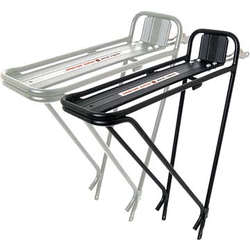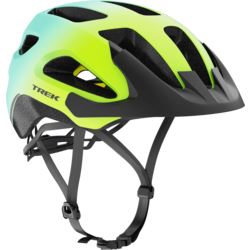Buyer's Guide to E-Bikes
Right around that world-saving fantasy is when real life knocks: maybe your office is too far and you don’t want to get too sweaty before your nine o’clock meeting. And of course, there’s that hill on Milwaukee Street! There are often barriers to getting out on two wheels, but the right electric bicycle can sail right through them. Whether you’re longing for an electric mountain bike to tackle terrain that might otherwise be too challenging, or a slick commuter e-bike to carry you through rush-hour traffic, there’s an option just for you. Technological advancements have made electric bikes some of the most efficient people-moving devices, period. And that’s before you even factor in the fun of riding a bike! Whatever hurdles stand between you and a go-by-bike lifestyle, an e-bike might be just the thing you need to toss the car keys aside for good.
The modern e-bike emphasizes the bike part of its name, creating a true cycling experience that adds variable amounts of assistance to the power you create yourself. These systems are usually either cadence or torque sensitive, so they automatically engage once you put the “pedal to the metal,” so to speak.
Modern pedelecs deliver a smooth, natural riding experience. So that tricky hill? That long commute? The electric bike makes quick work of these, turning a problem into a fun adventure. Perhaps you’re just not the spring chicken you once were and a long, hilly ride is out of the question on a traditional bike. The electric motor doesn’t remove exercise from the ride: it helps riders of all ages and ability levels go further and faster, even while tackling tough terrain.
Motor
Electric bikes typically offer two choices: a donut-like hub motor which is laced into the front or rear hub, or more commonly, a mid-drive motor, which is built into the bike’s bottom bracket.
HUB: This style delivers big torque and has a very palpable assist. They can be controlled by throttle or a sensor that detects pedal effort. You’ll really feel the power on a steep hill, or in a big headwind. Unfortunately, this can equate to a great deal of battery drainage.
MID-DRIVE: These more efficient motors typically have lower wattages, but they can leverage your pedal effort in conjunction with the motor’s power. The result is a long-lasting, natural assist that replicates a true cycling experience. Mid-drive motors center the weight of the electronics in the middle of the bicycle, which provides responsive handling and a stable ride.
Battery
Your E-bike’s battery will generally be mounted flush with the downtube, where a water bottle cage is typically installed, or secured to a rear rack. Downtube batteries offer a more natural weight distribution and lower center of gravity, thereby improving handling. The rear rack design frees your downtube space, but it can make your rig a little rear-heavy, which can alter the way your bike handles. The most common type of battery is lithium ion, because they are stable, light, and long lasting. Typically, these batteries will be rated for a certain number of charge cycles, ranging anywhere from 500 to 3000 cycles. Good care for your battery will increase its life span, which means ensuring it’s kept at an optimal temperature and used regularly.
User Interface
Take control of your ride and keep an eye on important information from your e-bike’s command center. Typically, this will be an easy-to-read screen situated on the handlebars or stem of your bike. The display serves as your command bridge, prominently featuring important information like assist level, remaining battery power, speed, distance traveled, and more. User controls such as throttle and assist level can be found here as well. Many models use thumb controls on the handlebar for easy accessibility. More niche features, such as a walking throttle, navigation, and Bluetooth smartphone integration may be available as well, though these tend to be higher price-point add-ons.
Accessories for electric bikes are the icing on the cake. Consider what you’ll be using your new e-bike for. If you’ll be commuting, racks, fenders, a lock, and a flat repair kit should be standard. If your rides go longer, you may want to add clipless pedals and shoes for optimum comfort and efficiency. Electric mountain bikers might consider carrying a shock pump, multitool, and a spare masterlink. For all riders, a helmet is a must, since you’ll be riding fast enough to keep up with local traffic.
You can keep staring wistfully out your car window, dreaming of a time when your horizon will be a sight prettier than endless gridlock, or you can come on in to check out our selection and experience two-wheeled freedom. We’ll help you tailor your new e-bike to your exact specifications, since the modern electric bike is available in just about any breed you can think of: from a full-suspension mountain machine to a drop bar road demon. No matter which style you choose, you’ll feel just a little bit like a super hero—because you’ll be doing your little part to save the world.
